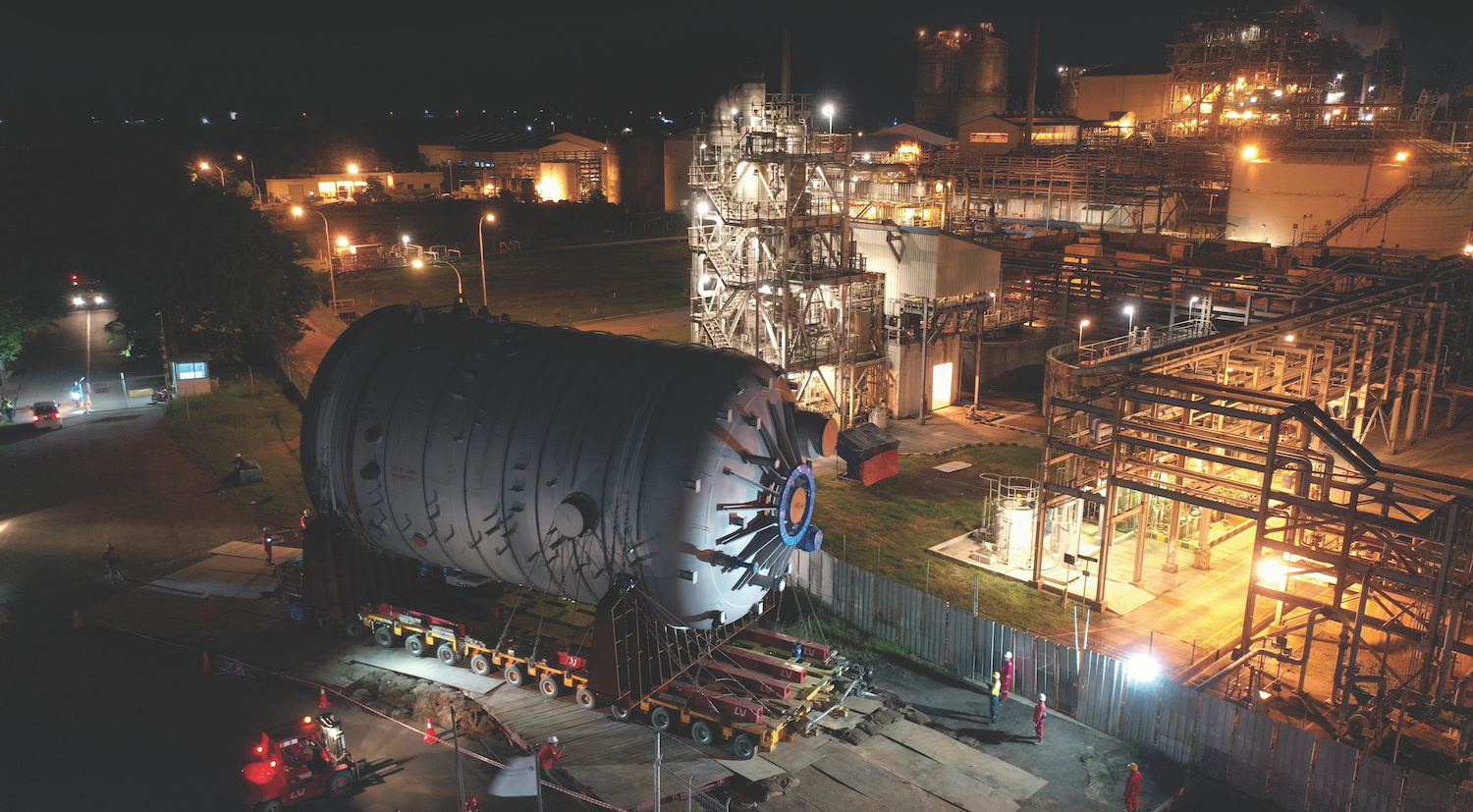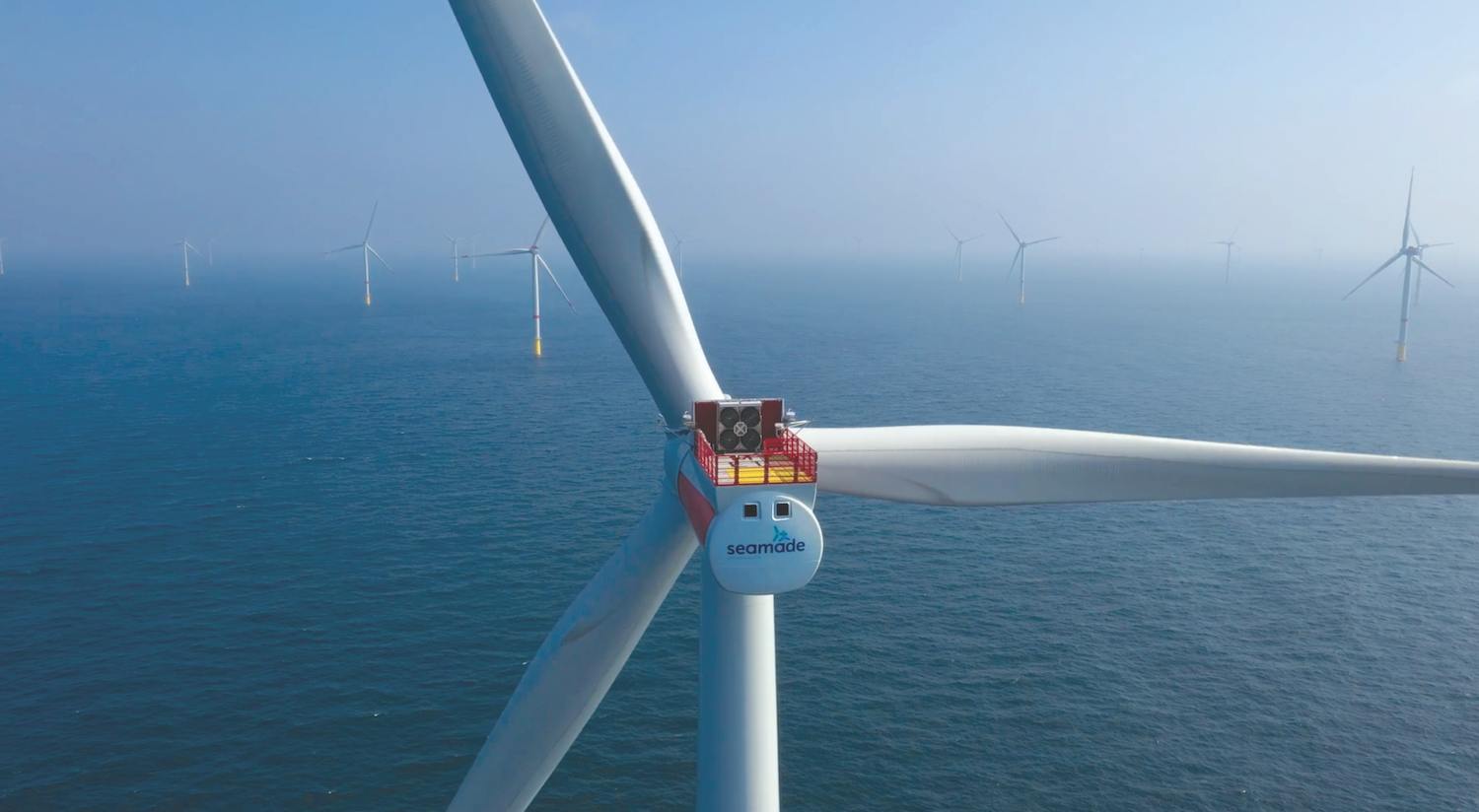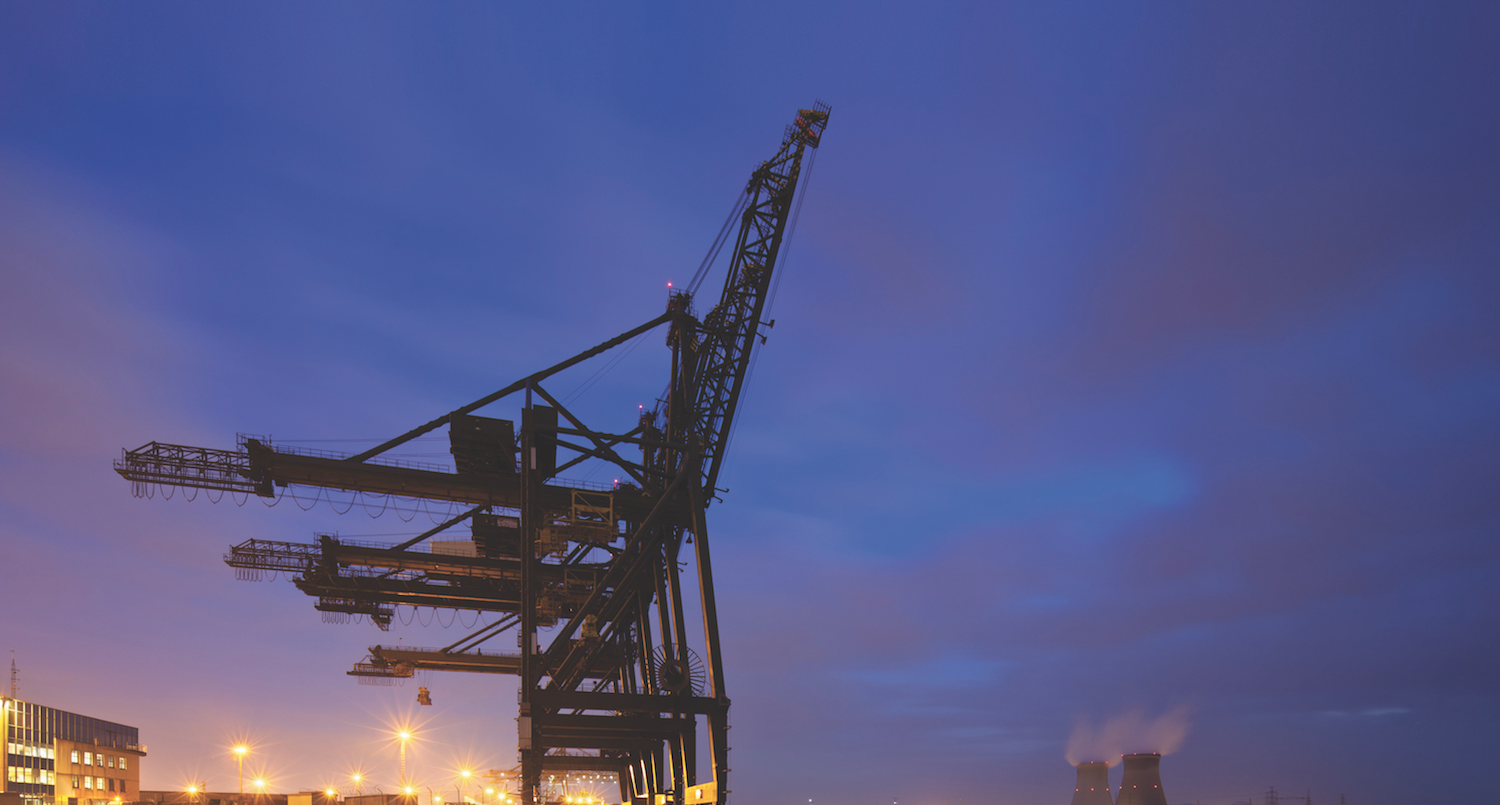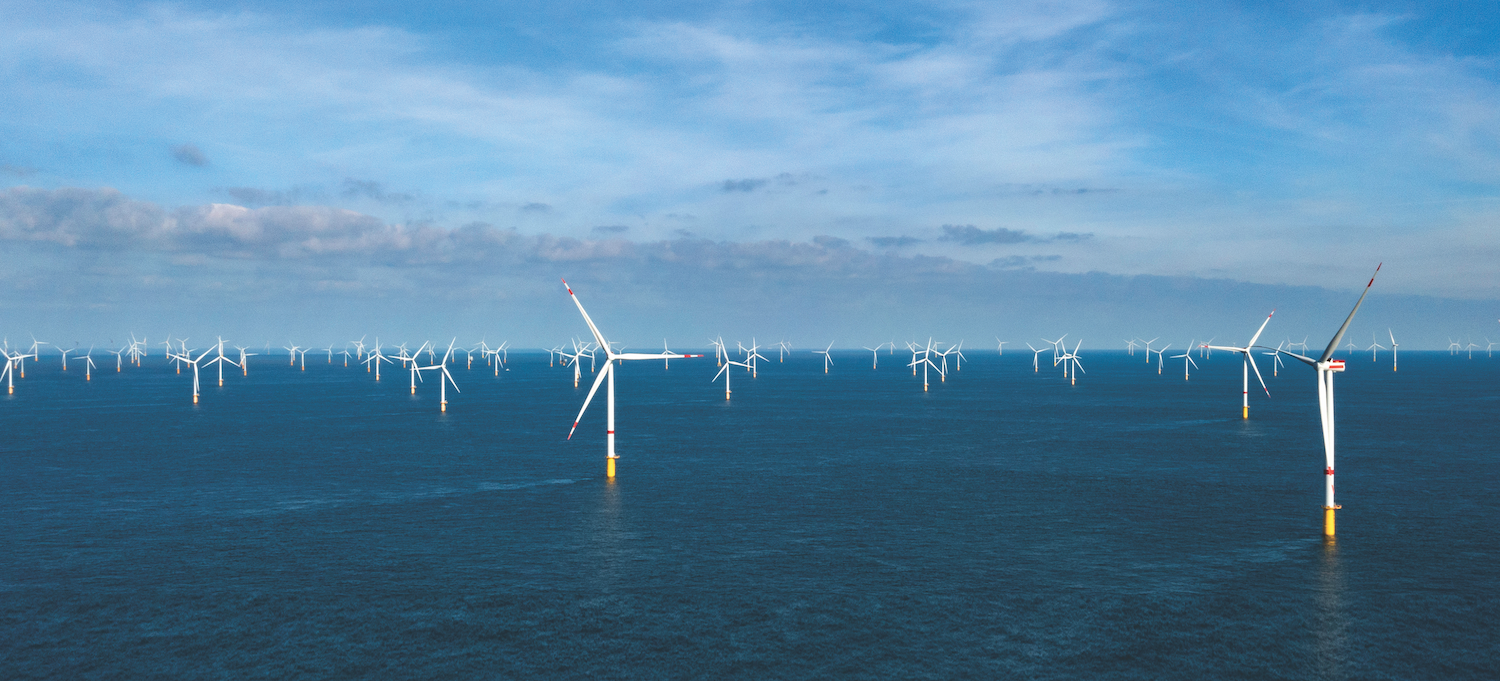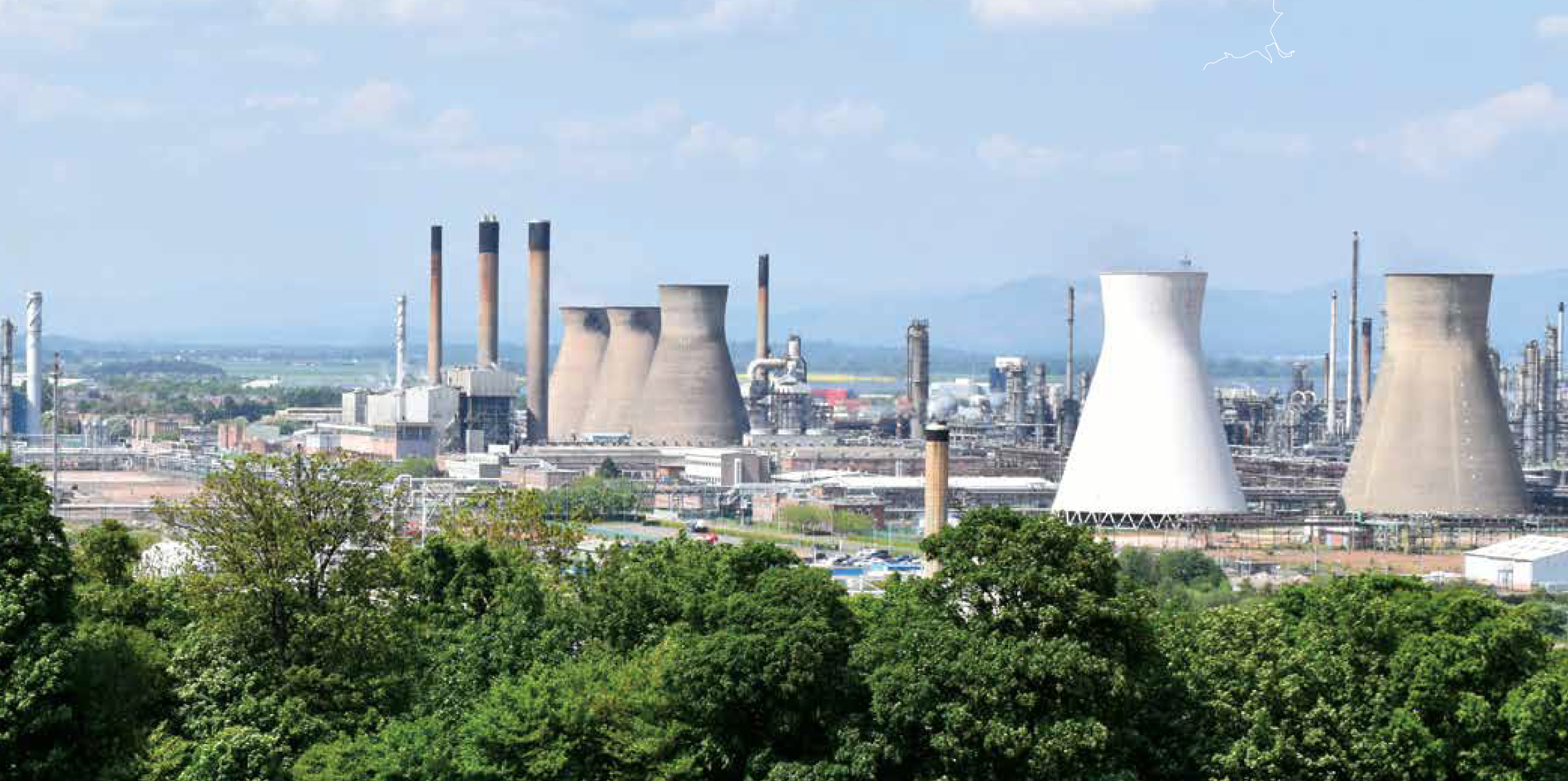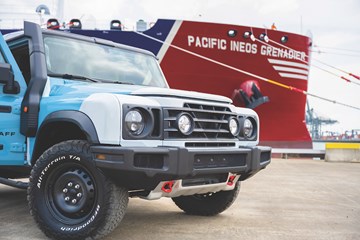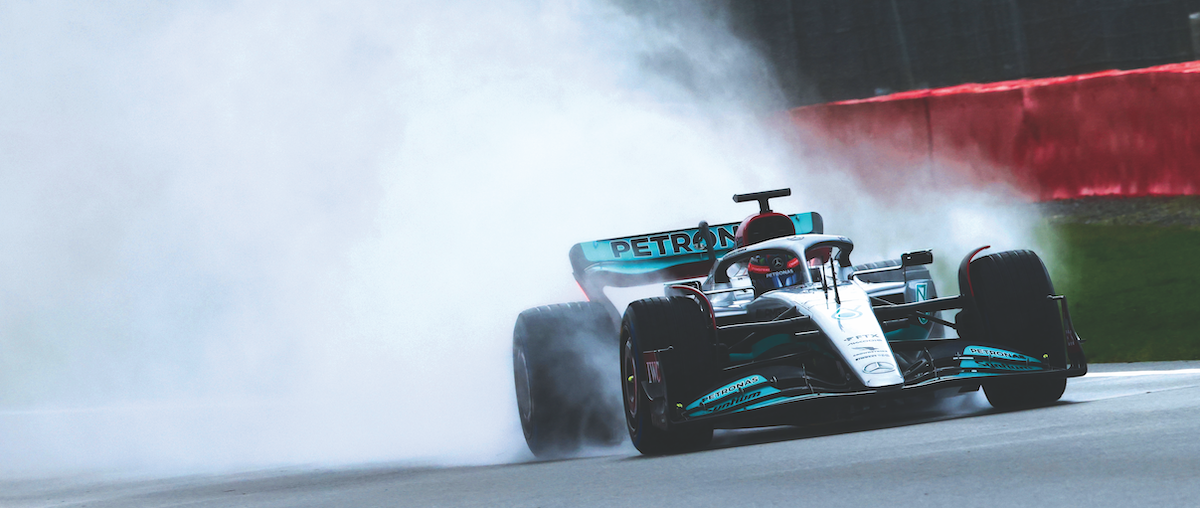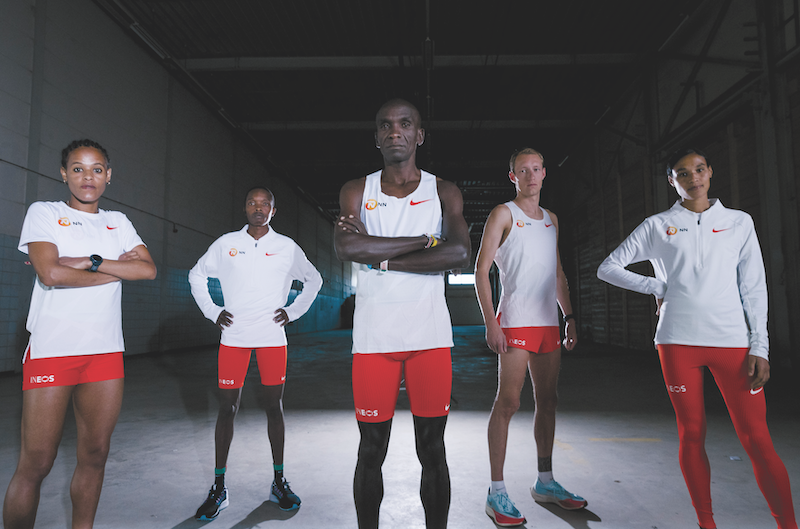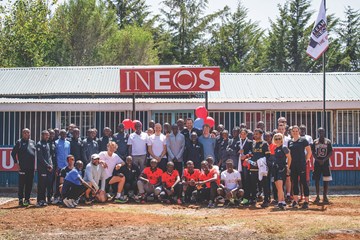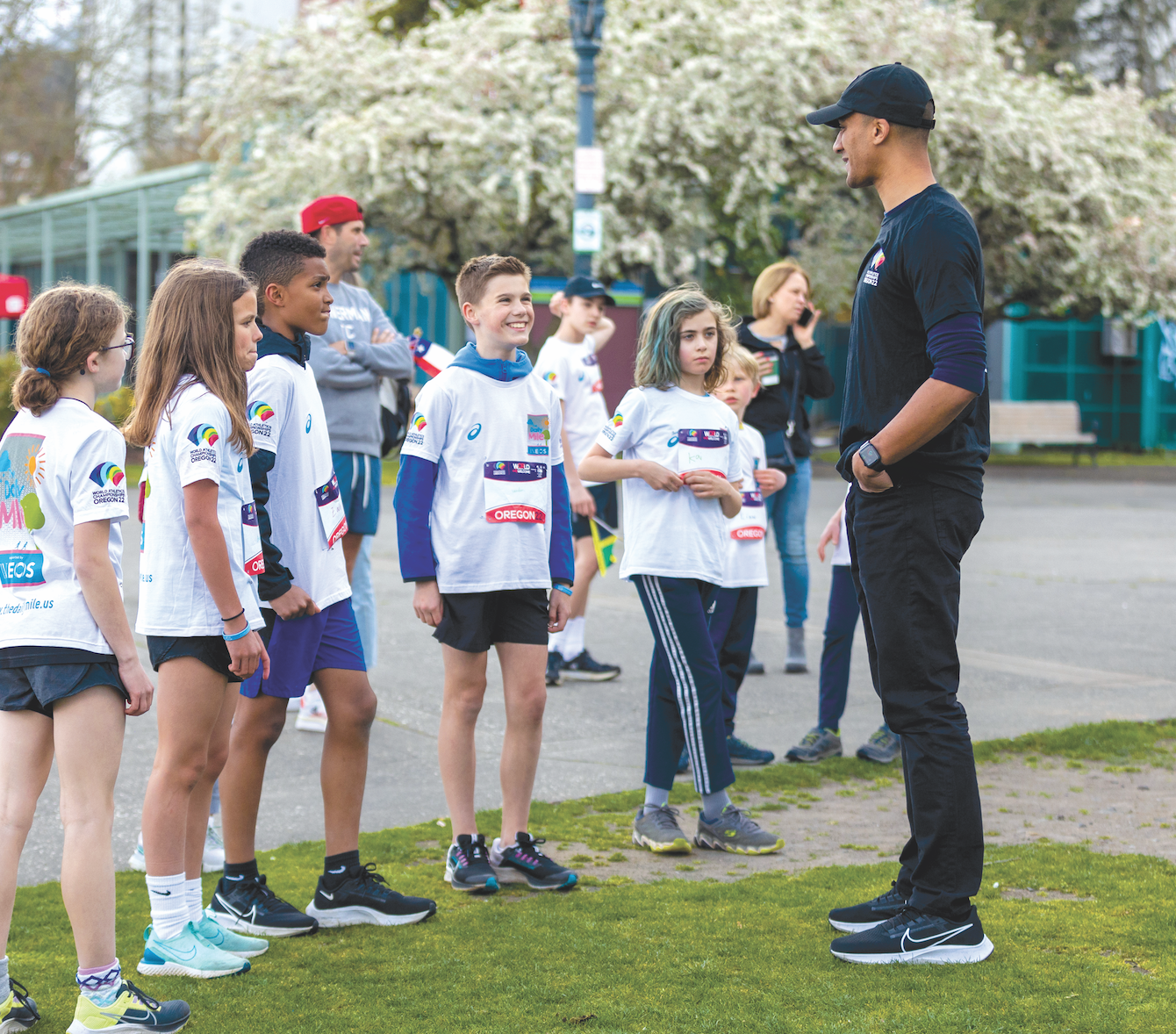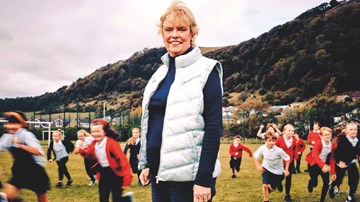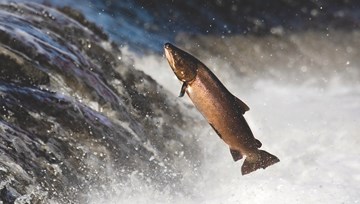The NN Running Team is the first professional team within the world of running and is delighted to formalise a long term performance partnership with INEOS.
INEOS is reuniting to help Eliud win a record-breaking, third, consecutive Olympic gold medal in the marathon at the Paris Olympics 2024.
Eliud Kipchoge made history in 2019 when he became the first man to run a marathon in under two hours at the INEOS 1:59 Challenge. As he crossed the line in Vienna, Austria, he said: “This shows no one is limited.”
Since then Eliud and INEOS have worked on various campaigns, but they have now signed a new performance partnership agreement to tackle new challenges together.
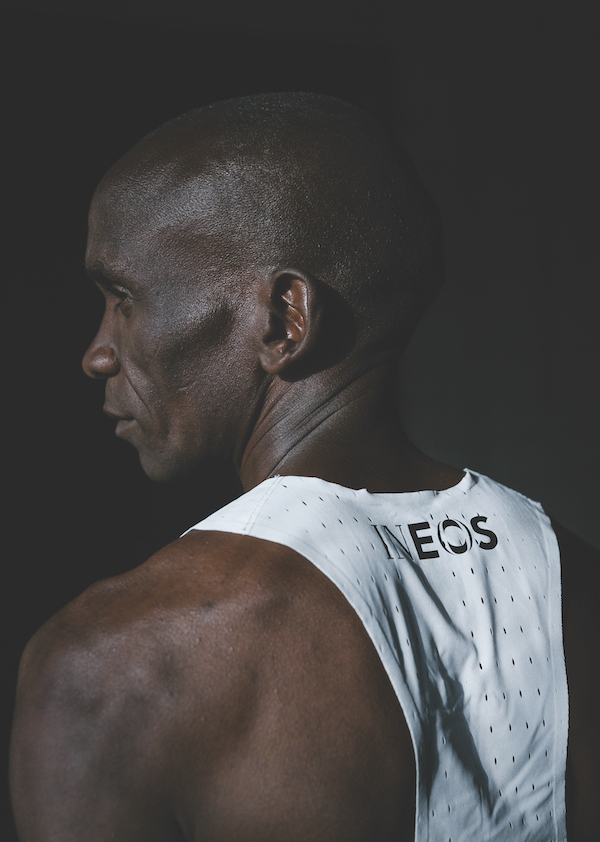
The knowledge and expertise of the team, who helped to make history on the streets of Vienna, are reuniting to help Eliud win a record-breaking, third, consecutive Olympic gold medal in the marathon.
The Kenyan athlete won golds at Rio in 2016 and Tokyo in 2021 and will be going for gold in Paris in 2024.
“To receive the support from such a great entity in sports is a huge boost to myself and the team,” he said.
INEOS’ backing, he said, also presented a huge opportunity for the greatest minds in sport to share their experiences and ideas.
“We have already changed the world together once,” he said.
Eliud will be working with Sir Dave Brailsford in his new role as Director of Sport at INEOS.
“Eliud is a once-in-a-generation athlete,” said Dave. “He has broken athletic boundaries that many felt impossible.
“Collaborating with Eliud, his performance team and INEOS on the 1:59 Challenge was a truly inspiring experience. The opportunity to come together again to tackle new ambitious challenges with Eliud and the wider running team is incredibly exciting.”
INEOS founder and chairman Sir Jim Ratcliffe, who was in the Prater Hauptallee on that historic day, said Eliud’s approach and mindset transcended sport.
“We have a great opportunity ahead of us to support not only his performance goals but understand how his approach can help others achieve theirs,” he said.
Long distance running may seem like a solitary pursuit. But in reality, it’s a team sport.
Many people worked behind the scenes to help Eliud become the first man to run 26.2 miles in under two hours, including 41 pacemakers.
Eliud and his Dutch-based NN Running Team will begin working with the other teams backed by INEOS, which include the All Blacks, Mercedes-AMG Petronas F1 Team, INEOS Grenadiers cycling team, America’s Cup Challenger of Record INEOS Britannia, OGC Nice and FC Lausanne-Sport.
Through their performance partnerships, INEOS has brought together some of the best minds and talent in sport to tackle sports' greatest challenges.
Under Dave, the teams involved are working together to identify opportunities for performance gains that can be shared and applied across the group.
“Across sports, we all face the same challenge, which is the need to continually improve,” said Dave.
‘To receive the support from such a great entity in sports is a huge boost to myself and the team’ – record-breaking Kenyan athlete Eliud Kipchoge
